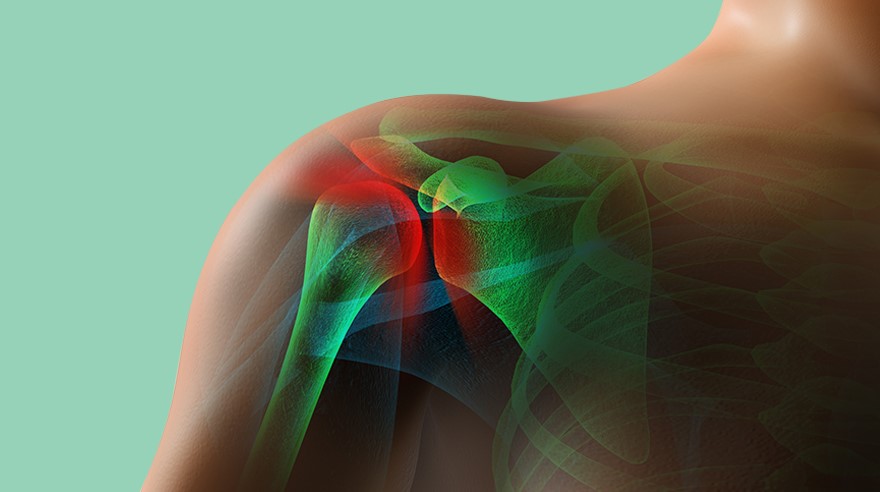When a person is injected with a steroid or a local anesthetic in order to provide pain relief for tendons, ligaments, or swollen joints, this can help many people. Corticosteroid injections, often provided through a blind injection technique, can be helpful, yet you may also want to use ultrasound to direct the injection to the exact location it is needed.
Blind Injections Versus Ultrasound Guided Injections
Steroid injections, for many years, were done without any type of guiding. The material was injected based on what the physician knew about human anatomy, not actually knowing where the needle was going.
Trying to treat bursas, tendon sheaths, or inject this medication into joints can be difficult if you do not watch where the needle is actually going.
That is why it is important to use a image guided injection technique that will ensure that the medication will be accurately injected, and distributed, to where it needs to go instead of flowing into areas where it is not needed at all.
Prior to the popular use of ultrasound machines, the only way that a guided injection could be done was using x-ray machines. Since this machinery is almost exclusively available at hospitals, not many people would be able to have this done. There is also some concern about the radiation that is involved when using x-ray devices. Therefore, if you are doing this for your neck or back, or any location near the spine, it really does need to be guided with ultrasound.
Today, within a completely clinical environment, ultrasound guided injections have become quite common and do not require the participant in need to go to a local hospital. It also will save money because they do not have to go directly to the hospital to have these injections done which, in most cases, can be completed after a referral during a single session by a specialist.
How Are These Ultrasound Guided Injections Performed?
What most physicians will use is a diagnostic ultrasound scan which will initially identify the exact structure where the injection needle will go.
First, we are going to thoroughly clean the skin. Once that is done, a sterile ultrasound gel will be placed on the skin, providing a buffer between the probe and the skin itself. This also makes it possible to get better imagery when it comes to injecting material into areas such as the tendon sheath, joints, or the bursa.
Subsequently, this needle will then be injected very carefully, guided by the ultrasound, and directed toward the structure that is in need. This procedure will allow the needle tip to be placed exactly where it needs to go before the injection is done.
In the video that you see below, which shows an ultrasound-guided hydrodistention injection, you can see how the entire procedure works. Take note of how accurate the injection is and where the fluid, which includes an anesthetic in steroid, is sent directly into the joint capsule.
Who Will Perform These Injections And Ultrasound Procedures?
A radiologist, MSK specialist, or even a sonographer will be responsible for steroid injections. In clinics, specifically where people are trained in both APP and as a Musculoskeletal Sonographer, these procedures can move forward very quickly. The practitioner will show you what will happen during this process.
Currently, the medication that I am taking is thinning my blood. Will I be required to do anything differently?
If you are taking aspirin, warfarin, dabigatran, apixaban, or even dipyridamole, we will need to know about this so that we can properly advise you on whether or not it would be medically sound for you to have these types of injections at all.
Ultrasound-Guided Injection Risks – Are There Any?
These devices use ultrasound waves, which are harmless when it comes to imaging the body. When using diagnostic ultrasound scanning devices, there are no known side effects, especially detrimental ones, that can occur. These injections are very safe, and because of that, they come with a very low risk. When you are using an ultrasound device to guide the tip of the needle, you are going to reduce the probability of causing any type of physical damage to the surrounding structures near the problem area. There are some side effects that are associated when injecting a needle into your body with this medication which may include bleeding, weakness, numbness, infection, or even an allergic reaction when using these different types of medication. We have leaflets that will provide you with information that you need regarding the injections that we do, providing you with a full list of potential side effects and the risks of having this procedure done.
What can I expect from these injections?
When the local anesthetic is injected, you should experience almost immediate pain relief, and this can last for up to 24 hours. The steroid will not work right away, often taking several days for the maximum effect to occur which for most people could be up to 10 days. Two weeks later, we will send a report to your doctor.
Ultrasound-Guided Shoulder Injections
If you are currently experiencing Frozen shoulder, a condition that can affect your glenohumeral joint, or if you have subacromial bursitis, these ultrasound-guided injections are very effective and will also be extremely accurate when trying to improve these conditions affecting your shoulders.

Ultrasound guided hip Injections
In most cases, these injections are going to be up to 100% effective, especially compared to landmark guided accuracy which will not even reach 80%. In some systematic reviews that compare landmark guided injections and ultrasound-guided injections, higher accuracy levels are typically attributed to the latter with ultrasound guidance.
Daniels et al (2018) concluded that ultrasound-guided injections are much more helpful for deeper anatomic structures, primarily because injecting these fluids into larger vascular structures are much more accurate, particularly when non-guided injections have failed for them before.
Ultrasound-guided knee injections
In a 2012 study, Berkoff determined that over 95% accuracy was achieved with ultrasound guidance, yet less than 78% accuracy was achieved without it. In 2011, Sibbitt was able to show much greater accuracy when using ultrasound-guided injections. In this study, there was also the conclusion that the use of an ultrasound machine improved clinical outcomes by increasing the duration of the therapeutic value of the procedure.
